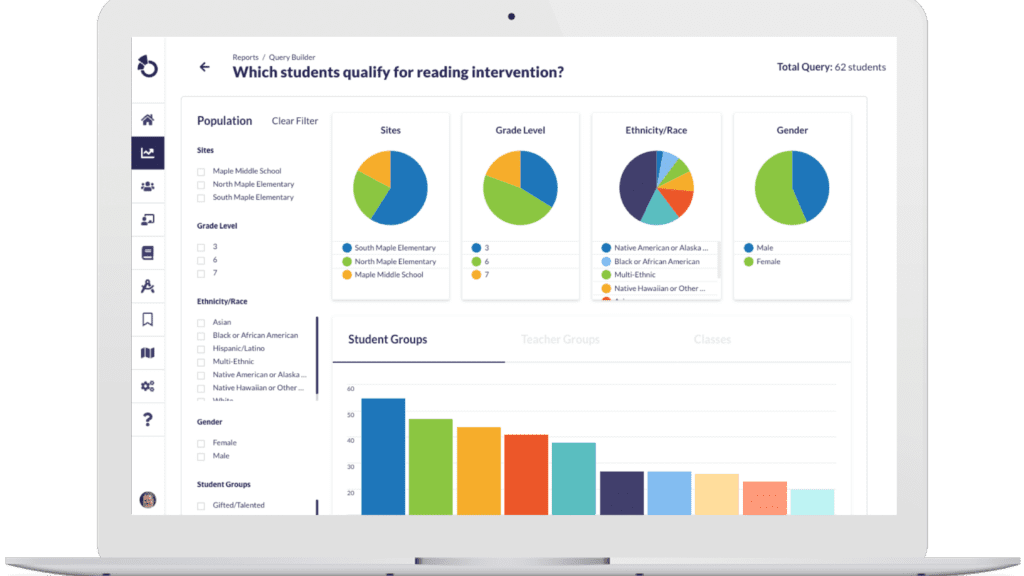Are you looking to maximize the impact of your Professional Learning Communities (PLCs)?
In this webinar, experienced K-12 leaders share practical strategies to:
- Build a Culture of Collaboration: Foster trust and communication among team members for stronger, more productive PLCs.
- Use Data to Drive Instruction: Analyze student data to identify instructional needs, measure progress, and align instruction and assessment with standards.
- Overcome PLC Implementation Challenges: Navigate common obstacles in starting and sustaining PLCs.
Watch the full webinar below to see these strategies in action and get inspired to elevate your own PLCs.
Three Key Takeaways from Our Panel of PLC Experts
Start with a Clear Vision
Before diving into data analysis and instructional strategies, it's crucial to establish a shared understanding of what PLCs are and how they can benefit your school. This includes defining the purpose of PLCs, outlining the roles and responsibilities of team members, and setting clear expectations for participation and collaboration.
"I saw an opportunity for the team to use data to inform instruction and decisions, but we needed a true understanding of PLCs. So I laid out a yearlong plan for introducing the different concepts of PLCs every month to the teams, which gave me the freedom to kind of meet teams where they were."
Laura Kegan
Principal
,
Scott County Schools
Dedicate Time for Collaboration
Effective PLCs require dedicated time for educators to meet, analyze data, and collaborate on solutions. This might involve setting aside specific times for PLC meetings, providing release time for teachers, or incorporating collaboration into the daily schedule.
"Every Friday, the students get out at 1:30, and then we have from 1:30 to 3:30 to work with our departments on the PLC focus in the process…that time really provided us with the structure to set the tone."
Wendy Dyrhaug
Science Teacher
,
Monroe School District
Use Data to Drive Instruction
Data should be at the heart of every PLC meeting. By analyzing student data, educators can identify trends, pinpoint areas of need, and develop targeted interventions. This data-driven approach ensures that PLCs are focused on student growth and that instructional decisions are informed by evidence.
“One of the great things about looking at the data in Otus is finding misconceptions from kids. You can see the number of kids who picked the incorrect answers, and we would have questions around, ‘Why do we think they chose that answer?’ ‘What do we think the common misconception is?’ And then Otus lets you see who those kids are so we could do reteaching immediately."
Laura Kegan
Principal
,
Scott County Schools
Related Resources
Request a demo!
See exactly how Otus can help your school accelerate student growth and improve student outcomes – all while saving educators time.




